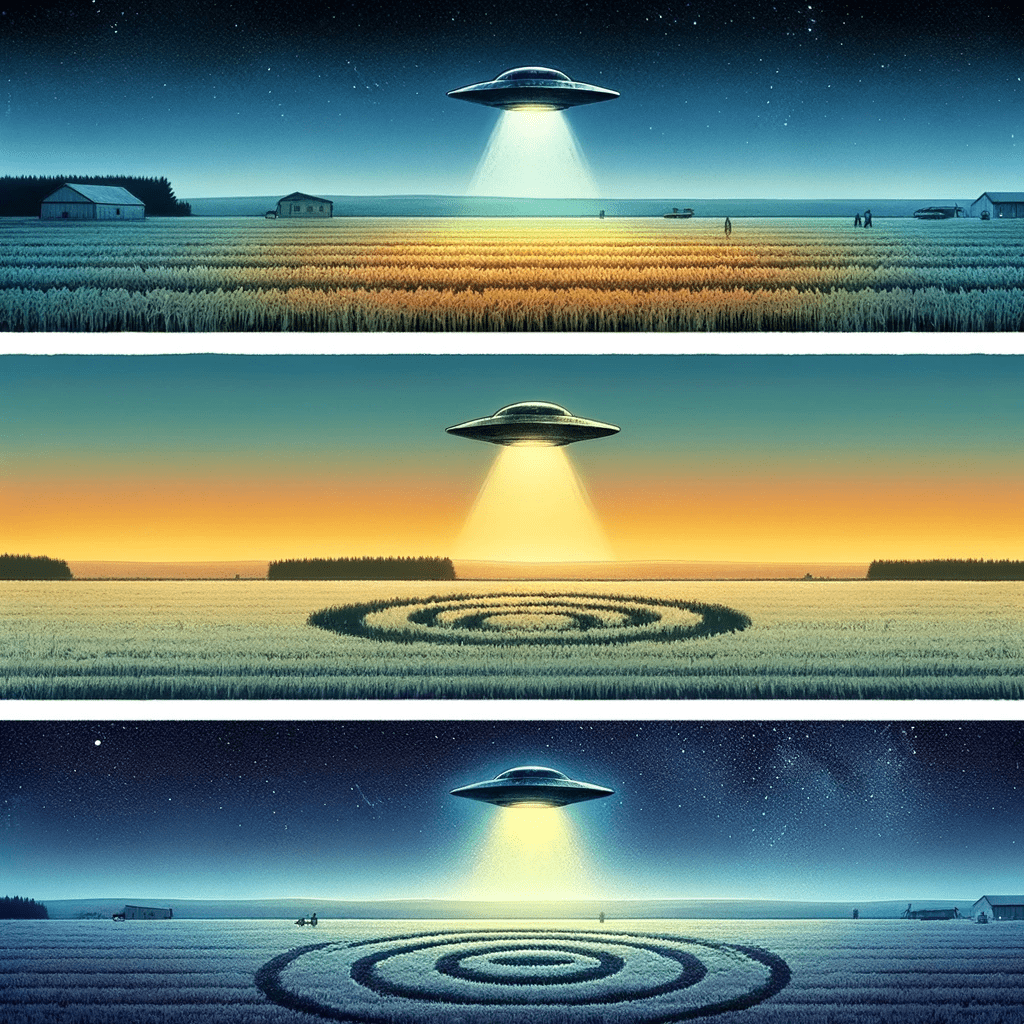Close Encounter Classification System

The “Close Encounter” classification system was first introduced by Dr. J. Allen Hynek, a prominent astronomer and ufologist, in his book “The UFO Experience: A Scientific Inquiry,” published in 1972. Hynek’s approach represented a serious attempt to bring academic credibility to a field of research often marginalized by the mainstream scientific community. His taxonomy for UFO sightings and encounters aimed to provide a common language and framework to help standardize UFO research.
The system proposed by Hynek comprised three categories:
- Close Encounters of the First Kind: These involve sightings of an unidentified flying object that appears less than 500 feet away, providing enough detail to rule out misinterpretation.
- Close Encounters of the Second Kind: This type includes sightings where physical evidence of a UFO’s presence is left behind, such as scorch marks on the ground, crop circles, or electronic interference.
- Close Encounters of the Third Kind: The most famous category, these are incidents where the presence of animate beings is reported inside the UFO.
This classification system, while initially met with skepticism, was a milestone in the field of ufology. Its creation indicated the presence of a robust and systematic approach to studying the UFO phenomenon. It allowed for differentiation between the wide range of reported experiences, enabling researchers to identify patterns and potential areas for further investigation.
- The “Close Encounters of the Third Kind” phrase became famous beyond academic circles due to Steven Spielberg’s 1977 movie of the same name. Spielberg consulted with Hynek for the film, and Hynek even had a cameo in the movie. This information is widely known and is noted in the New York Times’ 1986 obituary for Hynek.
- Hynek’s classification was later expanded by other researchers, including his colleague Jacques Vallee, who added additional categories to account for more varied types of encounters (Source: “Confrontations: A Scientist’s Search for Alien Contact” by Jacques Vallee).
- Hynek began his career as a skeptic and debunker for the U.S. Air Force’s Project Blue Book, a government program to investigate UFO sightings. However, he eventually became convinced that some sightings were worthy of serious study (Source: “The Close Encounters Man: How One Man Made the World Believe in UFOs” by Mark O’Connell).
In a review of O’Connell’s book in “Skeptic” magazine, Jason Colavito writes that Hynek’s classification system “provided a way for people to talk about their experiences without having to prove that aliens were real.”
“Identified Flying Objects: A Multidisciplinary Scientific Approach to the UFO Phenomenon” by Michael Masters refers to Hynek’s system as a pivotal development in bringing academic attention to the UFO phenomenon.
This system’s introduction underscored the need for an organized, scientific method of studying UFOs—a view that Hynek strongly advocated throughout his career. Today, the “Close Encounters” classification system continues to be used and built upon by researchers in the field, and it remains a key reference point in public discussions about UFOs and possible encounters.

